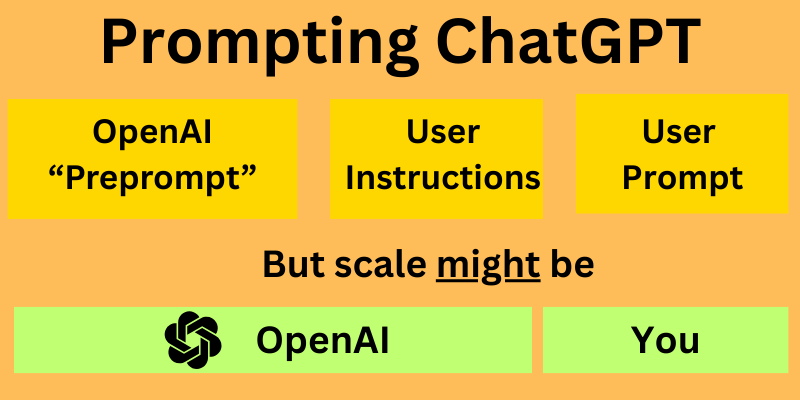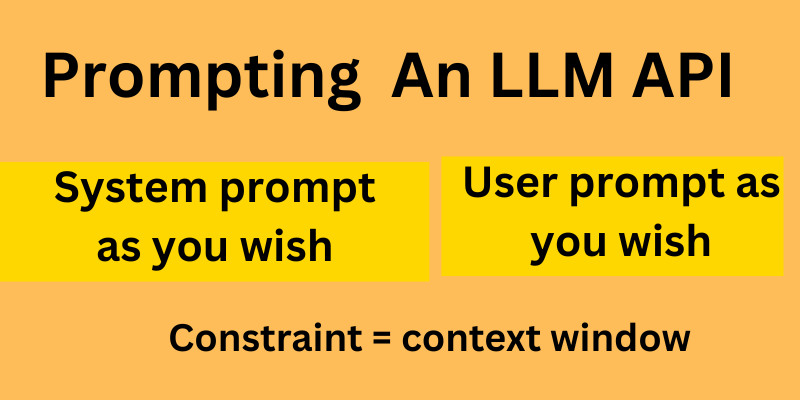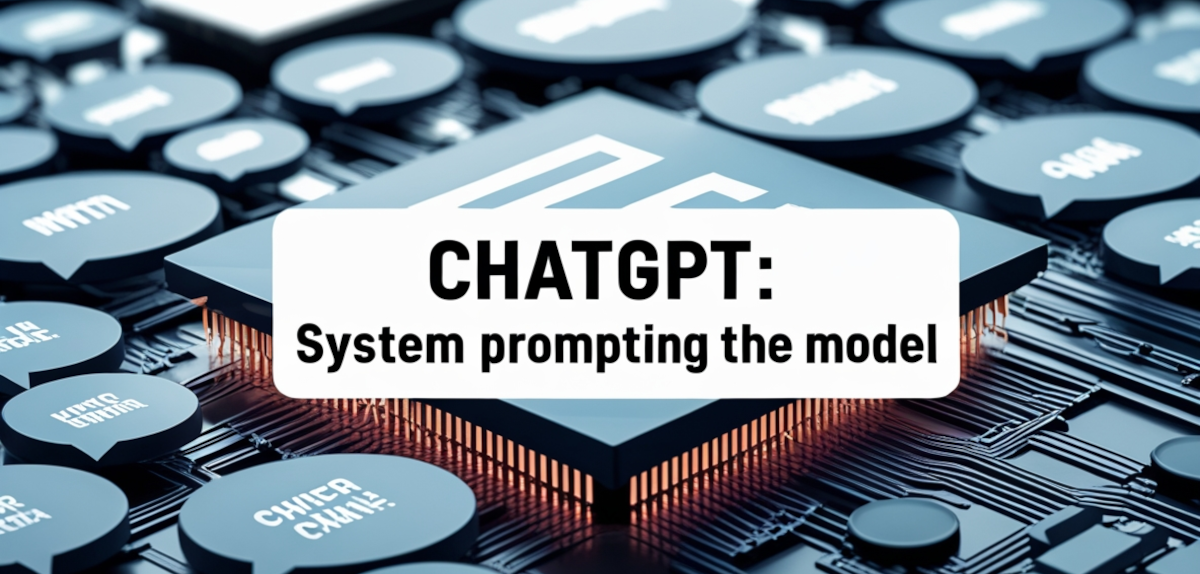System Prompting In ChatGPT - The 'Custom Instructions'
17-April-2025
This guide explores the mechanics of system prompting in ChatGPT through the 'Custom Instructions' feature, showing how to optimize your AI interactions for more consistent and useful responses.

The diagram above shows the different layers of prompting that work together in ChatGPT.
Understanding System Instructions
System instructions in ChatGPT work differently from direct API access. The custom instructions feature provides a user-friendly interface for what is essentially system-level prompting.

ChatGPT's interface for custom instructions provides two main sections for configuration.

API prompting offers more direct control over system instructions compared to the ChatGPT interface.
Key Principles
When crafting custom instructions, focus on:
Brevity and clarity in instructions
Consistent tone and response style
Context-aware responses based on user information
Best Practices
The most effective custom instructions balance specificity with flexibility. They provide enough guidance to ensure consistent behavior while allowing the model to adapt to different types of queries.
Consider using the space strategically - every character counts in the limited instruction space available.
Automation specialist and technical communications professional bridging AI systems, workflow orchestration, and strategic communications for enhanced business performance.
Learn more about Daniel
